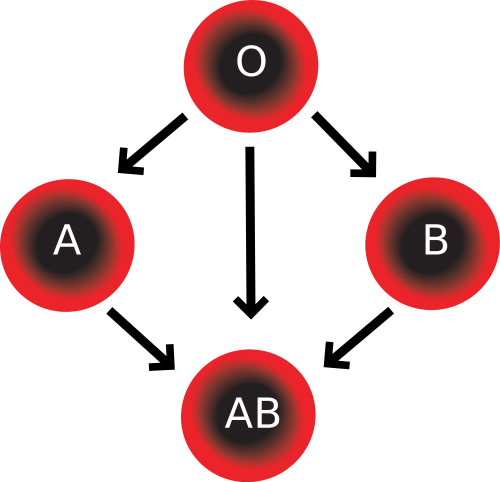Click here for the next report.
San Francisco—The United Network for Organ Sharing (UNOS) policy on non-identical ABO liver transplants aims to provide livers more quickly to Status 1 patients, or those with Model for End-stage Liver Disease (MELD) scores >30.
The results of a study by Jennifer Lai and J Roberts presented at the 2015 AASLD Meeting, held here, shows that current policies lead to fewer transplants and more deaths among A and O patients, while increasing access to life-saving livers for type B and AB patients.
Current policies allow type O donor livers to go to non-O recipients who are status 1 or have MELD scores above 30. Additionally, at a given MELD, candidates are prioritized by identical, compatible, then incompatible ABO. Based on their results, the researchers urge refinement of these policies, according to poster 72 presented by JC Lai and Dr. Roberts.

The researchers studied all U.S. adult liver transplants among non-Status 1 candidates and deceased donor (DD) livers utilized from 2011 to 2013. During the period studied, there were 47,882 liver transplant candidates, of which 47% were O, 38% A, 12% B, and 3% AB. There were 17,947 deceased liver donors (47% O, 39% A, 12% B, 2% AB). Of the O recipients, 2% received an A liver, while 1% of A recipients received an O liver. Of B recipients, 17% received an O liver. Among AB recipients, 47% received an A liver and 20% a B liver.
If all liver transplants had been ABO-identically matched, the expected candidate:liver ratio by ABO would have been 2.7 for O, 2.6 for A, 2.5 for B, 5.4 for AB. In practice, however, the UNOS policies for non-identical ABO matching resulted in a 4% net liver loss for O pts and 7% loss for A pts, but an 11% net liver gain for B pts and 205% for AB patients. This net liver loss/gain was also significantly associated with ABO-specific death (r=-0.52; P=0.02) and transplant rates (r=0.48; P=0.03).
Match MELD of livers transplanted in ABO identical versus non-identical patients showed that livers from O and AB donors were often used in patients with a higher match MELD, 28 vs 36 and 22 vs 37, respectively, while those from A (28 vs 25) and B (25 vs 23) donors were routinely utilized in recipients with a lower match MELD.
